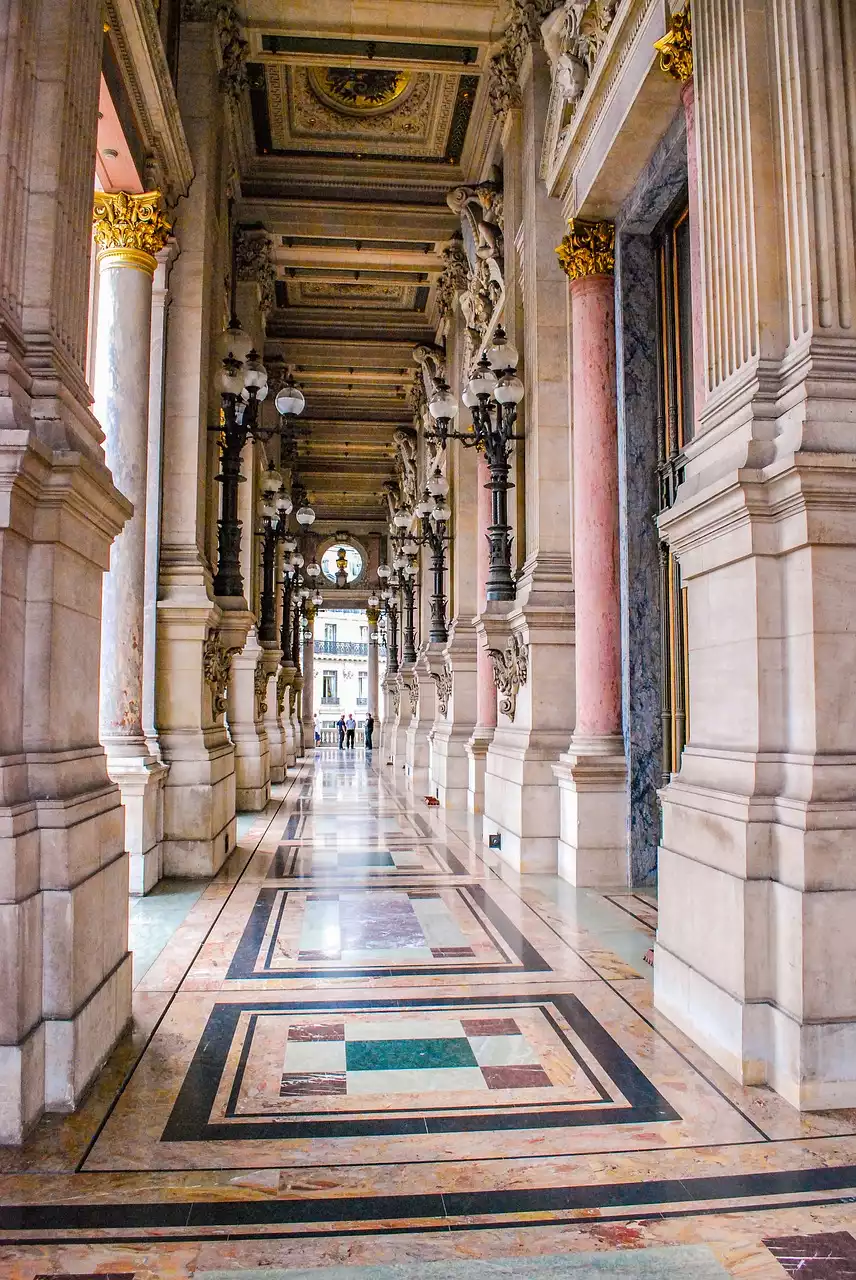Opera houses have a distinct aura about them. It’s probably something to do with the drama, music, and exaggerated emotions that take place within their walls. These venues are often associated with the opulent lifestyles of 19th-century aristocrats, but the popularity of opera is experiencing a renaissance in the 21st century. New world operas are being written and produced at an impressive rate, and these buildings need to be able to keep up with modern audiences. Opera houses need to not only be beautiful on the inside but also give their visitors an unforgettable experience from entering to leaving after attending a performance. The following article will provide you with all you need to know about designing an opera house as well as some useful tips and tricks on how you can achieve that magical feel when designing your home or office space.
Have a strong vision for your opera house
Before even thinking about colour schemes and materials, it’s important to have a strong vision for your opera house. What is the purpose of the building? What kind of events will be taking place there? Who will be visiting the opera house? What are the architectural features of the city that you’re building the opera house in? All of these questions will help inform your design and create a space that fits its location and purpose perfectly. If you’re designing an opera house, you should also think about how you want your audience to feel when they enter the building. Do you want them to feel excited and eager to see the performance? If so, you can incorporate things like bright colours and materials that are soft to the touch and don’t make too much noise when people walk on them. Alternatively, if you want your audience to feel calm and relaxed, you can use materials like wood, cotton, and silk, which are known to have a soothing effect on people.
Incorporate rich, vibrant colours
If you want your opera house to stand out from the crowd, incorporating rich, vibrant colours is a good place to start. You may be tempted to go for a neutral palette that will blend in with everything else and be easy to maintain. While these colours can be beautiful, they may not stand out as much as you want them to. Instead, opt for bold, vibrant colours that really make a statement. Reds, oranges, yellows, and greens are all good colours to use in an opera house. These are the colours that are often associated with the emotions of characters in operas. If you want your audience to be transported into the operas they are watching, vibrant colours are a good way to achieve this. It will also make your opera house stand out from other buildings in the city.
Use luxurious materials
Opera houses are often designed with luxurious materials that make the building stand out from the rest of the city. You can incorporate these materials into your design to make your opera house look even more impressive. You can use materials like gold, silver, and silk to give your opera house a rich, opulent feel. Alternatively, you can opt for materials like velvet and suede to make your opera house appear luxurious but also sophisticated. Velvet and suede are materials that are often used in theatre curtains, and they are also common materials used in upholstery. When choosing the fabrics for your opera house, make sure that you take into account how much sunlight the materials will receive. Some fabrics, such as velvet, can become discolored when exposed to too much light. If you have a lot of natural sunlight in your opera house, you may want to opt for a synthetic fabric instead.
Showcase art in the lobby and foyer
Many opera houses have a large collection of artwork from both well-known and emerging artists. This artwork is not only beautiful to look at but also serves as a good conversation starter for the visitors. This can be especially useful for the foyer area where the visitors might have to wait for the performance. When designing your opera house, consider where you will display the artwork. You may want to have a gallery-style space where the art is positioned above eye level so that visitors can appreciate it while they walk through the building. Alternatively, you may want to include a rotating art installation in your foyer that changes every few months.
Conclusion
An opera house is a special building that often comes with an equally special design. This article has provided you with all you need to know about designing an opera house, as well as some useful tips and tricks on how you can achieve that magical feel when designing your home or office space. From having a strong vision for your opera house to incorporating rich, vibrant colours and installing the latest technology, when you design your opera house, you want it to be truly special.


 Looking at the Different Types of Tourism
Looking at the Different Types of Tourism
 How to Care for a Gerbil
How to Care for a Gerbil
 Porsche Taycan is a Perfect Choice of an Electric car
Porsche Taycan is a Perfect Choice of an Electric car Interior Design ideas for a new theatre
Interior Design ideas for a new theatre Interior Design choices for a Luxury Casino
Interior Design choices for a Luxury Casino How to Design the Interior of a Movie Theatre
How to Design the Interior of a Movie Theatre How to Design the Interior of a Bowling Alley
How to Design the Interior of a Bowling Alley